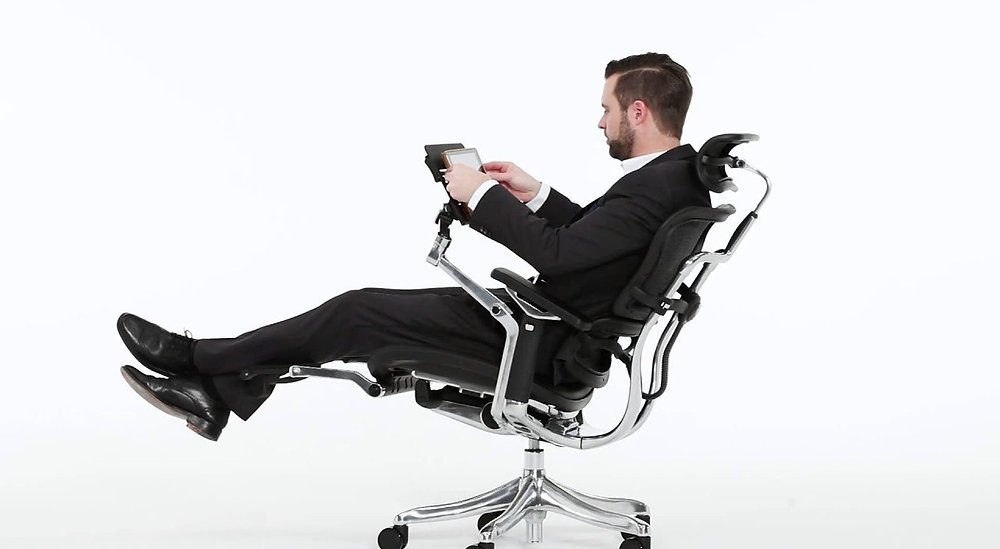Do you spend hours sitting at your desk only to feel aching discomfort later? Have you wondered if your seating might be the cause? If so, investing in an ergonomically designed chair could make a difference. By supporting your body in all the right places, it can help alleviate back pain and improve your overall posture. Here’s how it works and why it might be the solution you need.
What Makes an Ergonomically Designed Chair Different?
An ergonomic chair is specifically crafted to enhance both your comfort and health, making it a superior alternative to traditional seating. It is designed to support the natural curves of your body, particularly the spine, and to alleviate pressure on the back.
Features such as adjustable lumbar support, seat height, and armrests allow you to tailor the fit to suit your unique body structure. This reduces strain on the spine, preventing discomfort from prolonged sitting. By promoting proper posture and distributing weight evenly, an ergonomic design minimizes pressure on key areas, ultimately leading to significantly less pain over time.
Support Your Lower Back
The lower back is particularly vulnerable during extended periods of sitting, often bearing the brunt of improper posture. Without adequate support, the natural curve of the spine tends to flatten, leading to added stress, discomfort, and even long-term issues.
A chair equipped with built-in lumbar support addresses this problem effectively. By filling the gap between the lower spine and the seat, it helps maintain the spine’s natural curve, significantly reducing strain. Proper lower back support also discourages slouching, a leading cause of chronic pain, ensuring better posture and improved comfort throughout the day.
Improve Overall Posture
Poor posture is a significant cause of discomfort, particularly in the back, and can lead to lasting pain if not addressed. Many individuals tend to hunch forward or adopt awkward positions during prolonged sitting, which puts undue strain on muscles and joints. Over time, this can result in stiffness, reduced mobility, or even serious injuries.
An ergonomic design is key to countering these issues, as it encourages proper alignment of the body. Adjustable features like a headrest and reclining options help maintain a natural sitting posture. Improved posture not only enhances spinal health but also prevents pain from becoming chronic.
Role Of Adjustability
One of the standout benefits of these chairs is their exceptional adjustability, allowing them to accommodate diverse needs for optimal comfort and support. A one-size-fits-all design isn’t effective in addressing back pain, but customizable features make a difference.
The adjustable height lets you position your feet flat on the floor with your knees bent at a 90-degree angle, promoting proper alignment. Armrests that align with your desk reduce strain on your shoulders and arms, while a reclining feature helps evenly distribute your body weight. These adjustments ensure the chair works in harmony with your body, enhancing both comfort and posture.
Why Investing in the Right Chair Matters
Think of the time you spend sitting every day. Whether at work or home, the hours add up quickly. A poorly designed seat can exacerbate discomfort and turn minor aches into severe back pain. The cost of an ergonomic chair may seem high at first, but it’s an investment in your health. With proper support and alignment, you’ll experience less pain and greater productivity. Over time, this can lead to fewer medical issues and an improved quality of life.
Choosing the right ergonomic chair is about more than comfort—it’s about protecting your spine and reducing chronic back pain. If you spend long hours sitting, upgrading to an ergonomic design could be the smartest step toward a healthier, more comfortable lifestyle. After all, your back deserves the best care you can give it!











